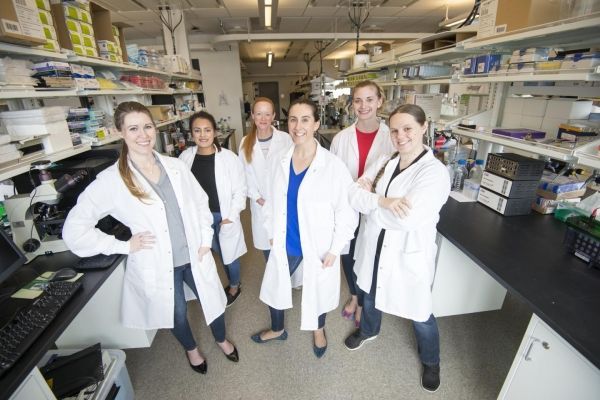Up to 80 percent of children with autism spectrum disorder (ASD) experience sleep problems. The source of these problems has been as much of a mystery as the exact causes of ASD, which scientists are still working to unravel. A new study led by a team of neuroscientists at Washington State University has brought scientists closer to identifying the causes of disturbed sleep in autism, which could open the door to future treatment that would bring relief to children with autism and their caregivers.
“Poor sleep is not only a problem for individuals with autism but is also one of the top concerns among caregivers,” said Lucia Peixoto, an assistant professor in the WSU Elson S. Floyd College of Medicine and the principal investigator and senior author on the study. “In addition, there is a clear link between sleep problems and severity of core autism symptoms such as social and communication challenges and repetitive behaviors. If we can get to the root of these sleep issues, this could potentially help ease other autism symptoms as well.”
Published in the open access journal eLife, the team’s findings suggest that sleep problems in patients with autism spectrum disorder may be linked to a mutation in the gene SHANK3 that in turn regulates the genes of the body’s 24-hour day and night cycle. Their study showed that people who were missing the SHANK3 gene and mice that lacked part of the gene had difficulty falling asleep. Their study in mice also strongly supported one possible explanation as to why individuals with autism have trouble falling asleep: It’s not that they are not sleepy. They are sleepy, but they simply cannot fall asleep.
Read more at Washington State University
Image: Members of the authorship team are shown inside the Peixoto lab at WSU Health Sciences Spokane. From left to right: Ashley Ingiosi, Elizabeth Medina, Kristan Singletary, Lucia Peixoto, Taylor Wintler, and Hannah Schoch. (Credit: Photo by Cori Kogan, Washington State University Health Sciences Spokane)


